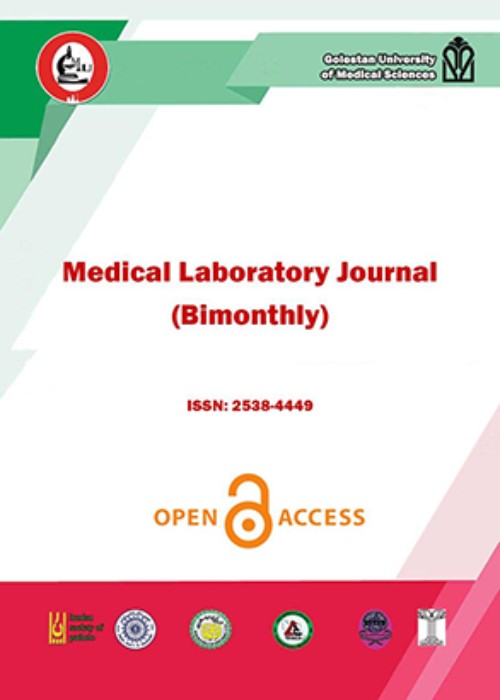Plasmid-Mediated colistin resistance in Escherichia coli isolated from neonatal dairy calves without prior consumption of colistin: A threat to public health
Colistin is the most significant last-line antibiotic for the treatment of multidrug-resistant infections caused by Gram-negative bacteria, especially the Enterobacteriaceae family. The emergence and rapid spread of the plasmid-mediated resistance gene, mcr-1 (mobilized colistin resistance), in some isolates of Escherichia coli in recent years provoked public health concerns since it has been shown that mcr-1 with other resistance genes, such as ESBLs (extended-spectrum beta-lactamases) and carbapenemases, could be carried on a single plasmid concurrently. The excessive consumption of colistin, particularly in the livestock industry, and the transmission of these resistant bacteria from livestock to humans may potentially increase the risk of the spread of resistance in humans. Therefore, this study aimed to detect the prevalence of mcr and carbapenem resistance genes among neonatal calves in Mashhad, Razavi Khorasan Province, Iran.
In the current study, 200 fecal samples from healthy and diarrheic neonatal calves (≤35 days old) were collected in Mashhad (190 E. coli strains were isolated). Antibiotic susceptibility to ceftazidime, cefepime, cefixime, meropenem, colistin, and ciprofloxacin was examined. The double-disk diffusion method (ceftazidime + ceftazidime/clavulanic acid) was performed on Mueller-Hinton agar (MHA) media to phenotypically distinguish the ESBL producers. Afterward, the Multiplex polymerase chain reaction (PCR) method was used to detect colistin resistance genes (mcr-1, mcr-2, mcr-3, mcr-4, and mcr5), NDM-1 (New Delhi metallo-beta-lactamase 1), and OXA-48 as carbapenemases.
The results of the resistance rate to antibiotics were cefepime, ceftazidime, cefixime, meropenem, and colistin. Based on the findings, 33.7% were phenotypically ESBL producers, 4.21% harbored mcr-1, and no NDM-1 or OXA-48 was detected. Among the mcr-1-positive isolates, 5 strains showed the ESBL phenotype.
The results highlight the need for continued monitoring of antibiotic resistance in livestock and the potential for transmission to humans. The findings also underscore the importance of responsible antibiotic use in both human and animal health to mitigate the spread of antibiotic resistance.
- حق عضویت دریافتی صرف حمایت از نشریات عضو و نگهداری، تکمیل و توسعه مگیران میشود.
- پرداخت حق اشتراک و دانلود مقالات اجازه بازنشر آن در سایر رسانههای چاپی و دیجیتال را به کاربر نمیدهد.



